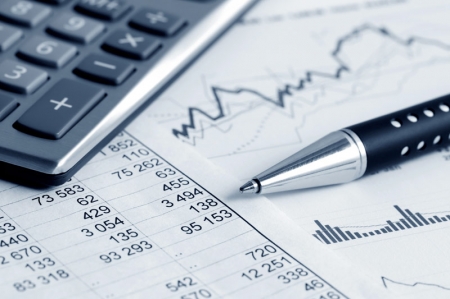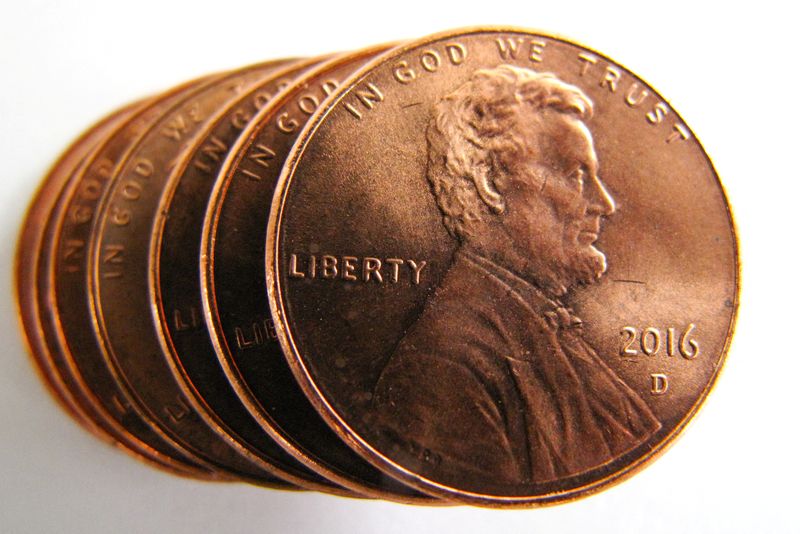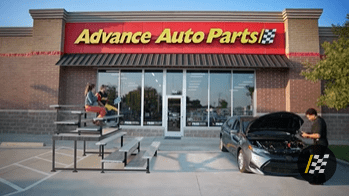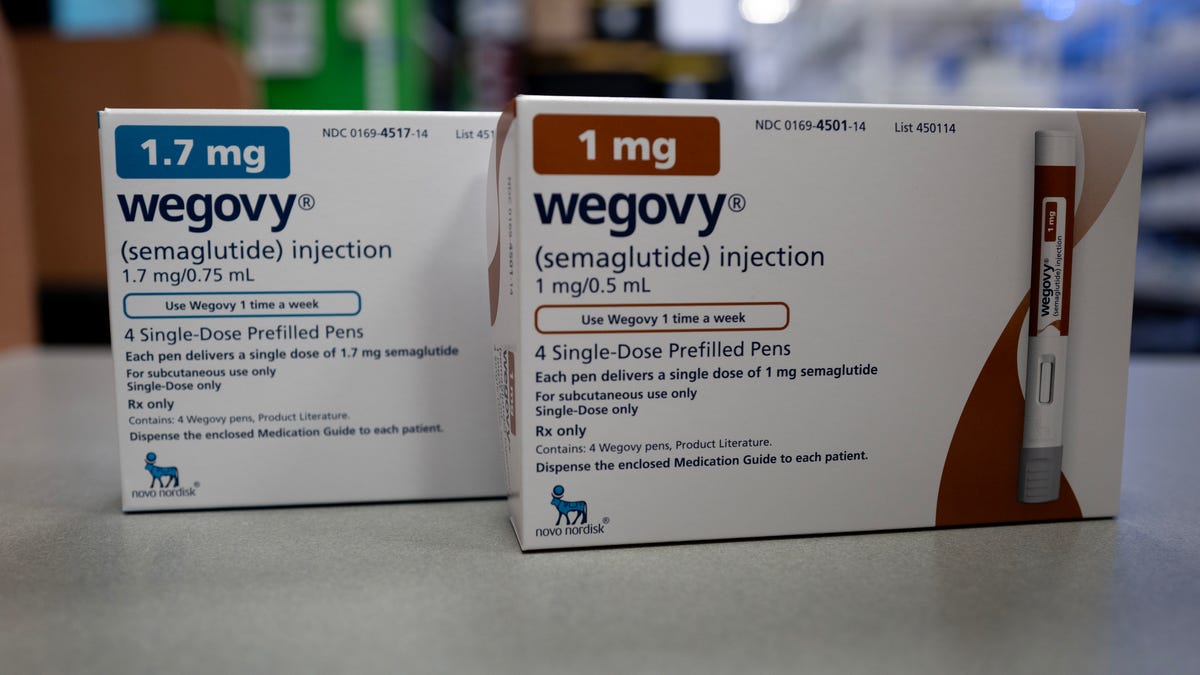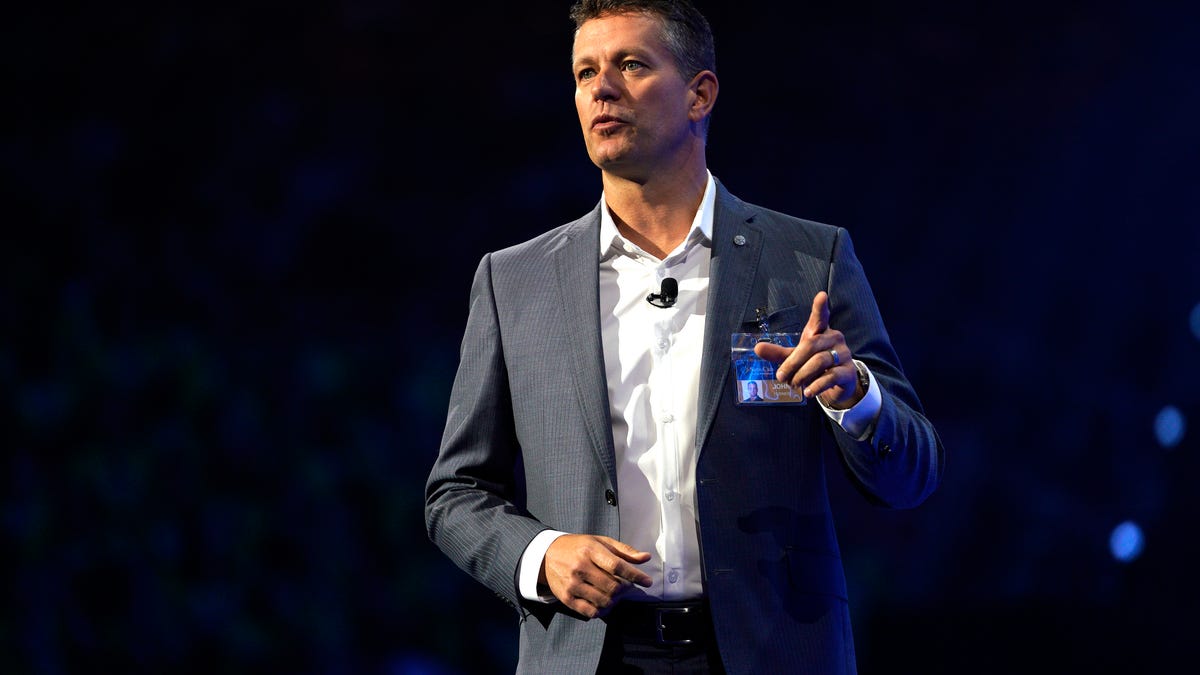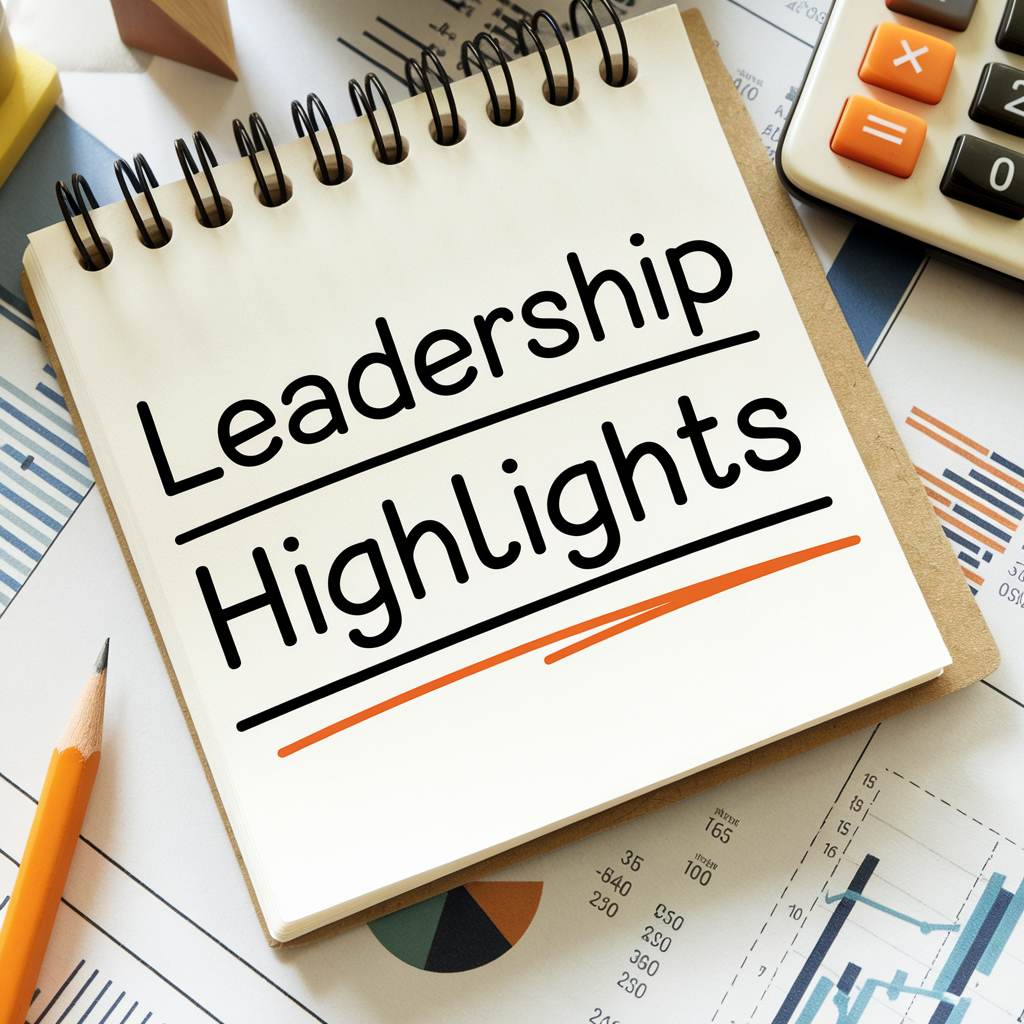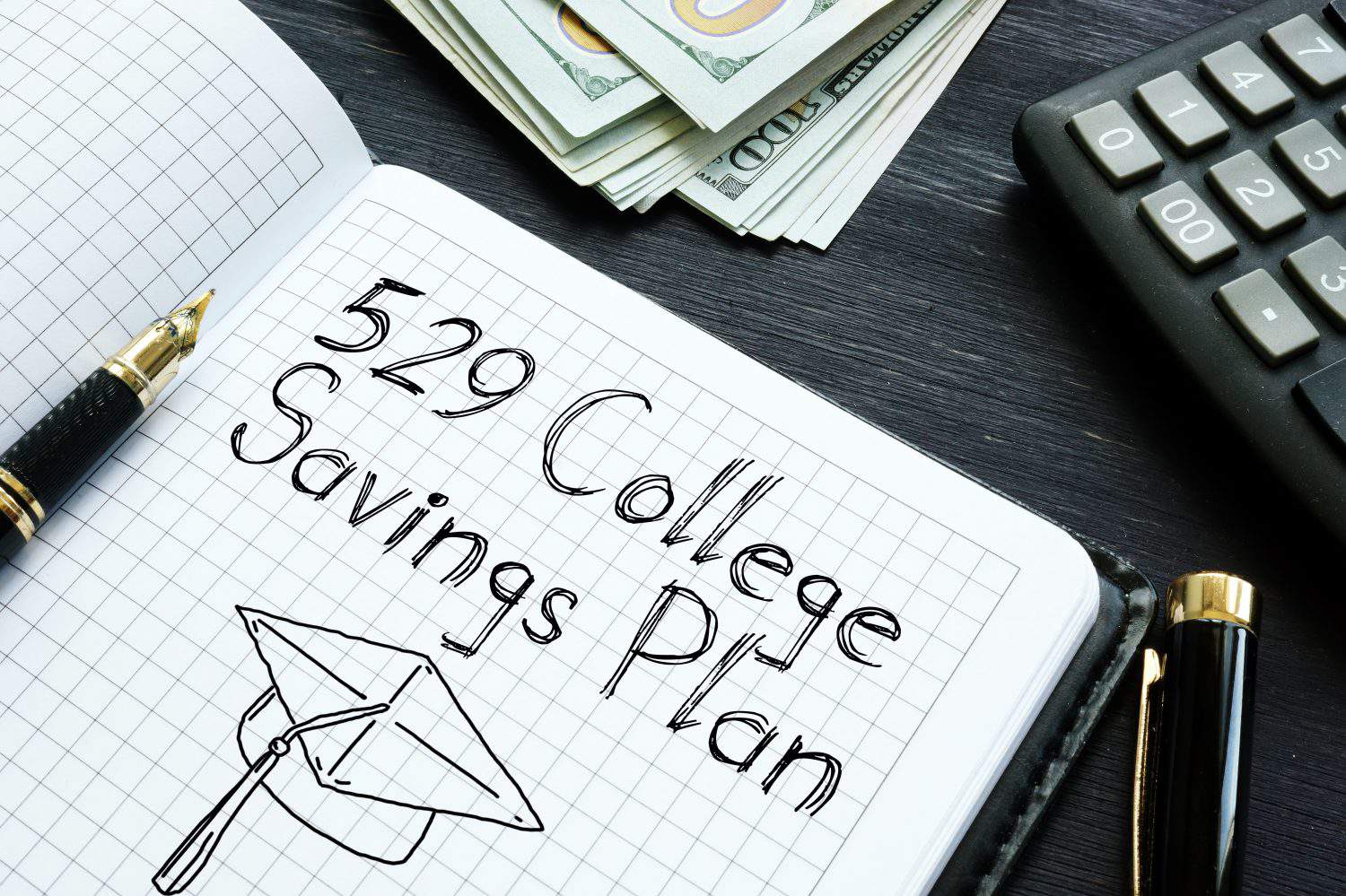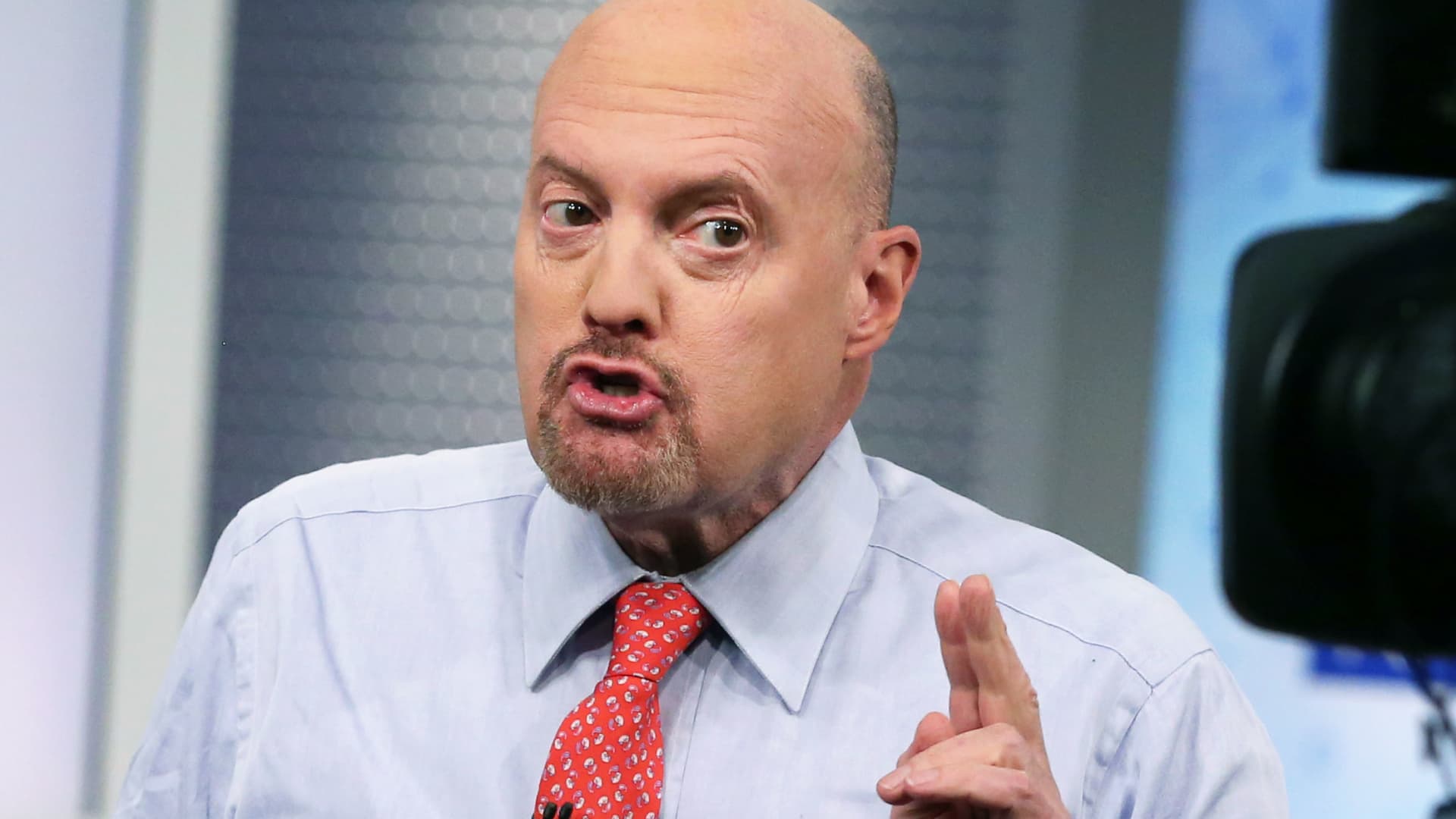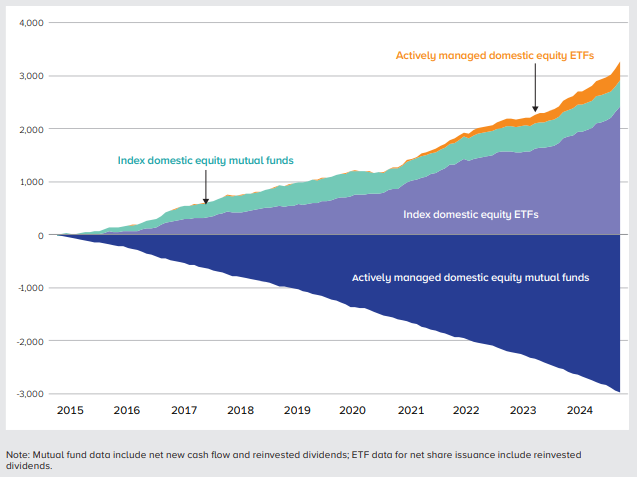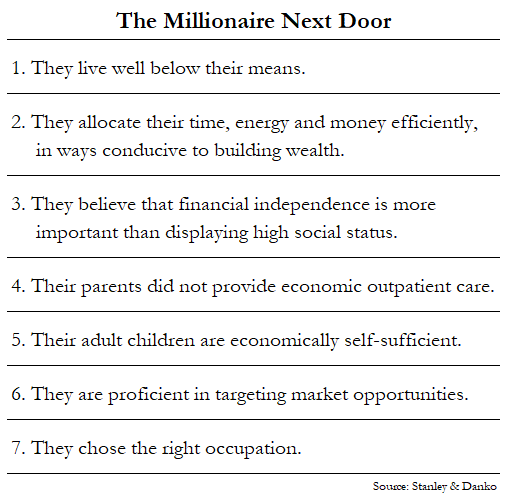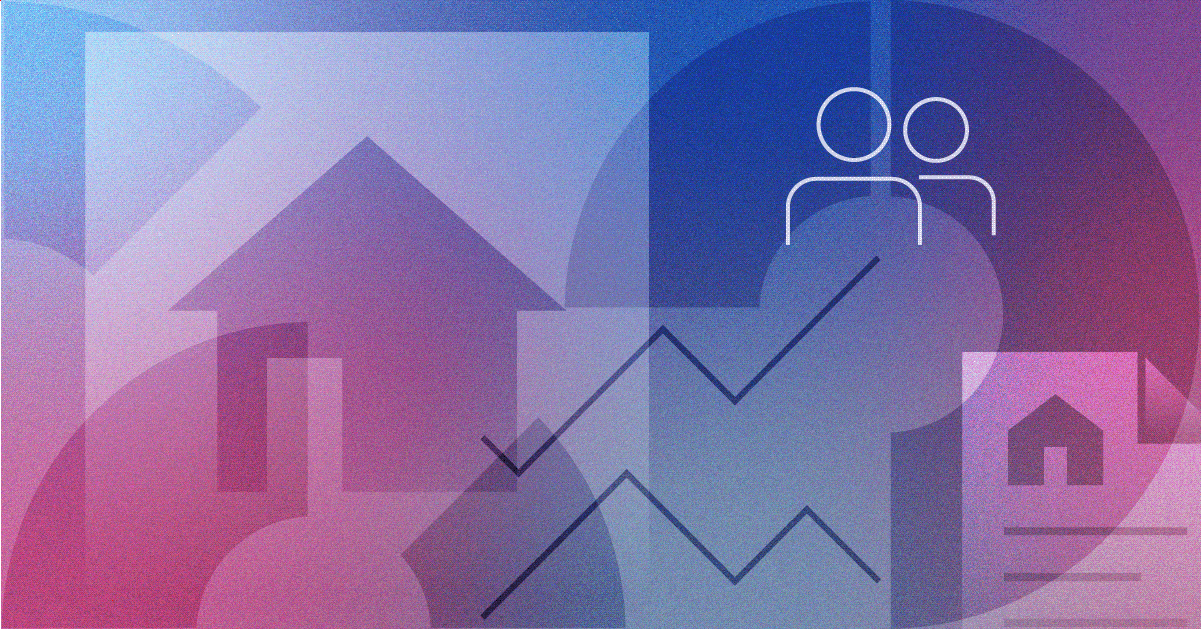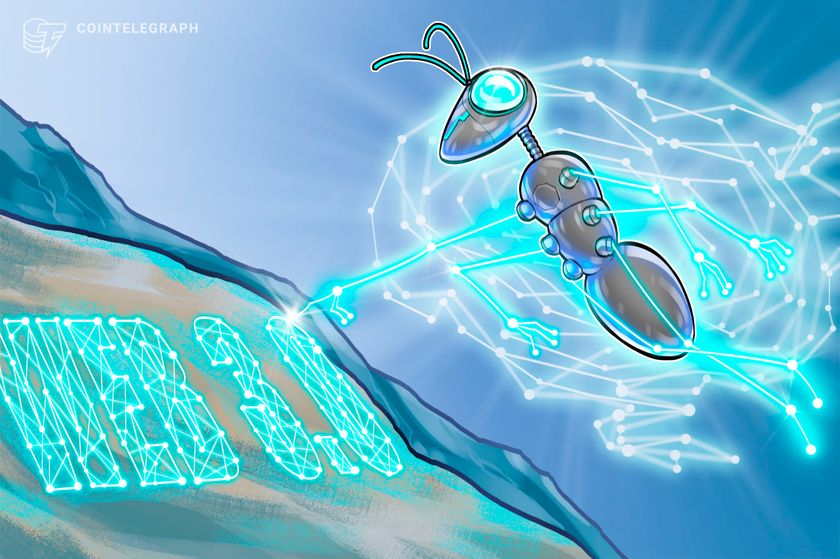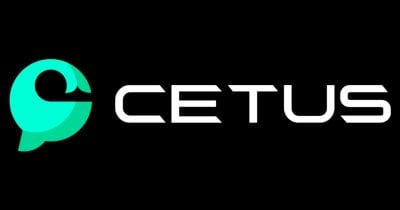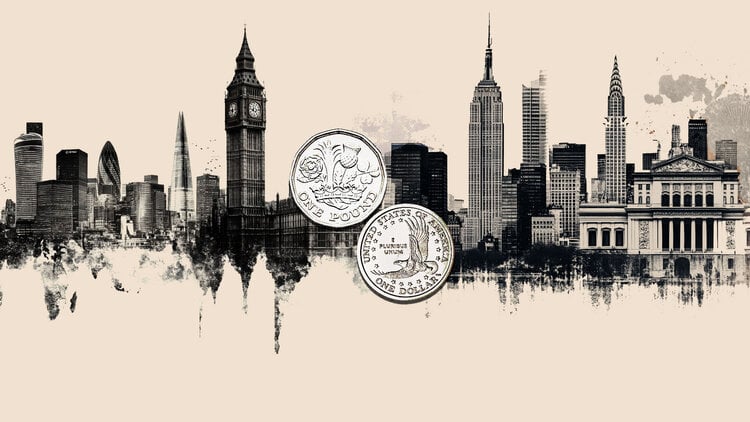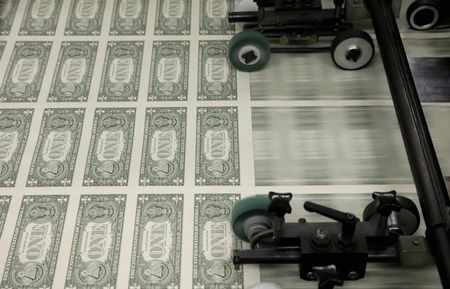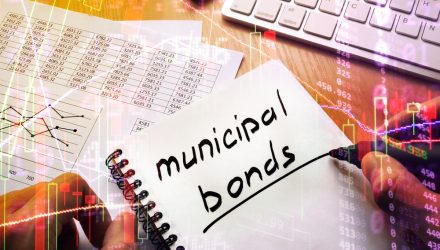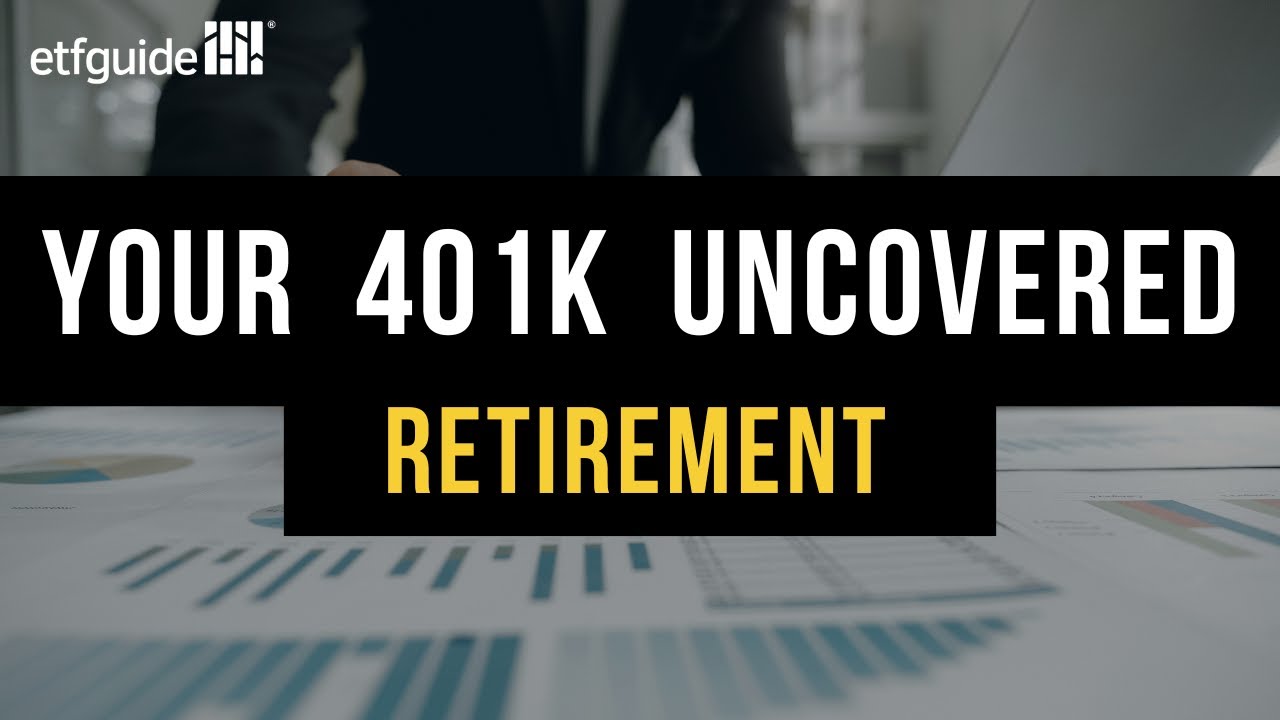The Elite’s Legal Blueprint for Paying Off Debt (Step-by-Step)
Americans owe more than ever before. In the first quarter of 2025, household debt hit a record $18.20 trillion according to the Federal Reserve’s Quarterly Report on Household Debt and Credit. This is an increase of $167 billion compared with the prior quarter. Unfortunately, many are struggling with what they owe, with 4.3% of all […] The post The Elite’s Legal Blueprint for Paying Off Debt (Step-by-Step) appeared first on 24/7 Wall St..
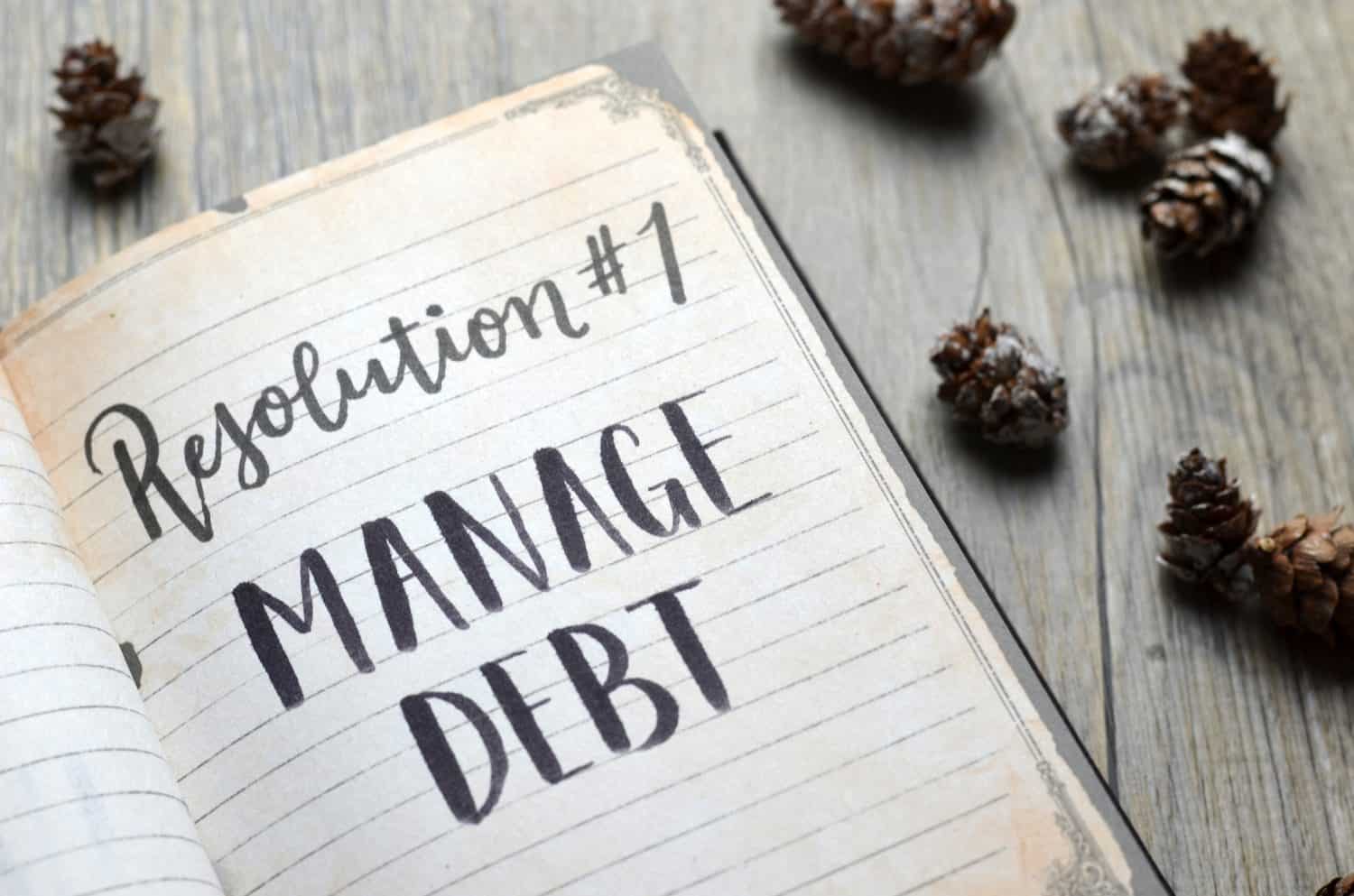
Key Points
-
If you’re in over your head in debt, there are solutions to get out of it.
-
Setting the right goals and making a budget help you free up extra cash for debt repayment.
-
Consolidating debt using a personal loan or other debt consolidation loan can be one of the best ways to simplify repayment and reduce costs.
-
Most Americans don’t realize how shockingly good personal loans are today. See for yourself, with 6.4% rates and no hit on your credit score there is nothing to lose, you can get started today.
- Most Americans don’t realize how shockingly good personal loans are today. See for yourself, with 6.4% rates and no hit on your credit score there is nothing to lose, you can get started today.
Americans owe more than ever before. In the first quarter of 2025, household debt hit a record $18.20 trillion according to the Federal Reserve’s Quarterly Report on Household Debt and Credit. This is an increase of $167 billion compared with the prior quarter.
Unfortunately, many are struggling with what they owe, with 4.3% of all outstanding debt described as being in “some stage of delinquency.” While it can feel hopeless to be stuck in debt that you can’t repay, the reality is that the elite — who tend to have more wealth and more financial knowledge — often use debt as a tool and have paths to get out of it legally when they get in over their heads.
If you want to follow their blueprint, here are the exact steps you’ll need to take to make it happen.
Phase 1: Financial Inventory & Goal-Setting
The first step to repaying debt is to determine where you are starting from and where you need to go. To do that, begin by calculating your net worth. It’s actually more important to look at your net worth than your debt balances alone because there’s a big difference between owing $1 million when you own $10 million in assets and owing $1 million with $100K in assets.
Net worth is equal to assets (things you own) minus liabilities (debts you have). You can find the value of your assets by making a list of your property and determining its fair market value. You can find your debt balances by looking at your account statements and your credit report.
After calculating your net worth, it’s time to decide which debt to pay down and how quickly you want to do it. If you discover you have only a small amount of low-interest debt (like a mortgage), early payoff may not be needed. If your debt substantially reduces your net worth, though, then early payoff is in order — and likely ASAP if you have high-interest credit cards or other loans.
When you set your payoff goals, be sure you are setting SMART Goals. That means the objectives are:
- Specific: You don’t want to just “pay off debt.” You want to pay off $10K in credit card debt, or $25K in medical debt, or whatever other specific amounts you hope to eliminate.
- Measurable: You should have a clear metric for success, which, in this case, is usually bringing your balance to $0.
- Attainable: Don’t set unrealistic goals because if you doom yourself to fail, you won’t stay motivated.
- Relevant: Make sure you understand why you want to pay off the debt and how doing so will improve your life.
- Time-bound: Set a specific deadline for yourself, such as paying off the loans within two years.
By establishing SMART goals, you can create a path to debt payoff — and ultimately to prosperity.
Phase 2: Cash-Flow Optimization
The next step is to optimize your cash flow or ensure as many dollars as possible are going to debt payoff. You can do this by making a budget to help you cut unnecessary expenses and redirect as much money as possible to creditors.
There are different ways to budget, including a 50/30/20 rule that limits fixed expenses to 50% of income, saves 20%, and keeps discretionary spending to 30%. While this is generally a good approach, if you’re serious about debt payoff, cut as many of your non-essential expenses as possible. Sacrificing on spending in the short term can pay huge dividends in the long term if you pay off your debt far ahead of schedule.
Say, for example, that you owe $10,000 on credit cards at 18% interest. If you made minimum payments equal to 2% of your balance, you’d start with a $200 monthly payment, and your payment would go down from there. However, you’d take 610 months to repay your debt and pay $28,396.72 in interest. On the other hand, if you free up an extra $500 to pay per month on your cards, you’d be debt-free in 24 months and pay only $1,978.27 in interest over time.
It’s worth sacrificing to save so much time and money. Once you’ve redone your budget to prioritize debt payoff, set up automatic payments to creditors on payday so you never miss a payment.
Phase 3: Legal Refinance & Consolidation
Lowering your interest rate makes debt payoff much easier because a lower rate means more money goes to reducing the principal. Since the average credit card interest rate is 21.37% as of February 2025, reducing your rate can make a big impact.
Loan refinancing can make that possible. It involves taking out a new loan at a lower rate and using that loan to pay off other debts. If your new loan can pay off multiple existing creditors, you’ll also consolidate debt in addition to refinancing. Switching from multiple monthly payments to just one can lower your monthly and total payment costs over time.
There are a few caveats, though.
- Watch how long you extend your loan payoff time. If you have debt that’s going to be paid off in a few years and you refinance to a 15-year or 30-year loan, the longer timeline will result in more interest costs over time, even if you drop your rate. Try to keep the repayment period the same or shorter whenever possible to avoid this outcome.
- Understand prepayment penalties. If your current loan has a prepayment penalty, refinancing may not save you as much as you’d hoped.
- Focus on APR: Look at the Annual Percentage Rate (APR) of your refinance loan, as this shows the total amount your loan will cost over time, including interest and fees. You only want to consolidate or refinance if your new APR is lower than what you are currently paying. You should also know if the APR on your new loan is fixed or changes over time — in which case, you could end up paying more later.
- Understand the risks and benefits of your loans. Some types of loans, including those that use your home as collateral, are riskier. And, refinancing certain kinds of debt, such as federal student loans, would mean giving up important borrower benefits. Be sure you understand these downsides.
You’ll likely want to consider different kinds of products used to refinance and consolidate debt as you evaluate these factors. For example:
- Balance transfer credit cards often allow you to drop your rate to 0% for a set period, such as 12 or 15 months. While there’s usually an upfront fee of around 3%, that’s not disqualifying if you can reduce your card’s interest rate to 0% once the fee is paid. However, pay attention to how long the promotional period is, because you’ll pay a higher rate when that expires. If you can’t become debt-free before the end of the 0% rate, this option may not make sense.
- Personal loans have a higher rate than the 0% balance transfer cards can offer, but usually come with no upfront fees. You can also ensure your rate is fixed for the life of the loan so it won’t change over time.
- Home equity loans allow you to borrow against your home to repay debt. While your interest rate should be pretty low with this option, since it is secured debt, up-front costs, including a home appraisal, can be high. You also put your home at risk
For many people, personal loans are the best choice because they don’t jeopardize your home, give you a fixed rate with a set monthly payment to make, and can provide a longer time than a balance transfer to become debt-free. However, evaluate each option carefully.
Credit card companies thrive when you carry a balance, especially at average APRs near 23%. A $15,000 balance costs you about $287.50 every month in interest alone.
AmOne’s no-cost matching service can connect you with lenders offering rates as low as 7.00% APR. On $15K, that means just $87.50 in interest, putting $200 back into your budget monthly!
You don’t need perfect credit, and a quick rate check won’t hurt your score. With an Excellent Trustpilot rating from over 2,200 verified users, AmOne is designed to help you crush debt and reclaim your financial future. Click here to learn more.
Phase 4: Tax Code Hacks to Boost Repayments
Taking advantage of tax breaks can also hlep you to free up money that you have available to repay. There are many different tax breaks that wealthy people use, including making charitable contributions through tools like a charitable remainder trust or donor-advised fund, as well as claiming tax deductions for mortgage interest and business expenses.
A tax professional can help you find ways to reduce your tax liability so more of your money can be redirected to repaying creditors and your debt-free day can arrive sooner.
Phase 5: Safeguards & Growth
Once you have paid off your debt balance, it’s time to focus on safeguarding and growing your wealth. This means:
- Building an emergency fund: Aim to have three to six months of living expenses saved to avoid going into debt when unexpected expenses happen. This should be accessible in a high-yield savings account so you can access the funds when needed.
- Shifting to investing: You should always invest enough to earn your full employer 401(k) match, even when working on debt paydown. Once you’ve paid off your high-interest debts, it’s also usually a good idea to begin contributing to other retirement and taxable accounts rather than devoting every dollar to loan payoff. In fact, you should usually prioritize investing over early payoff of a mortgage or student loans since those debts offer deductible interest and low rates, while you can get significant tax benefits from investing — not to mention a better ROI than early paydown of low-interest debt.
Remember, you deserve to celebrate debt payoff and the great accomplishments you’ve made. Redirecting money towards wealth building is a great way to do that. As you start to see your account balances and your net worth grow, you’ll feel a great sense of accomplishment and renewed hope for a better financial future.
Following this plan can help you stop overpaying on high-interest debt and start building wealth
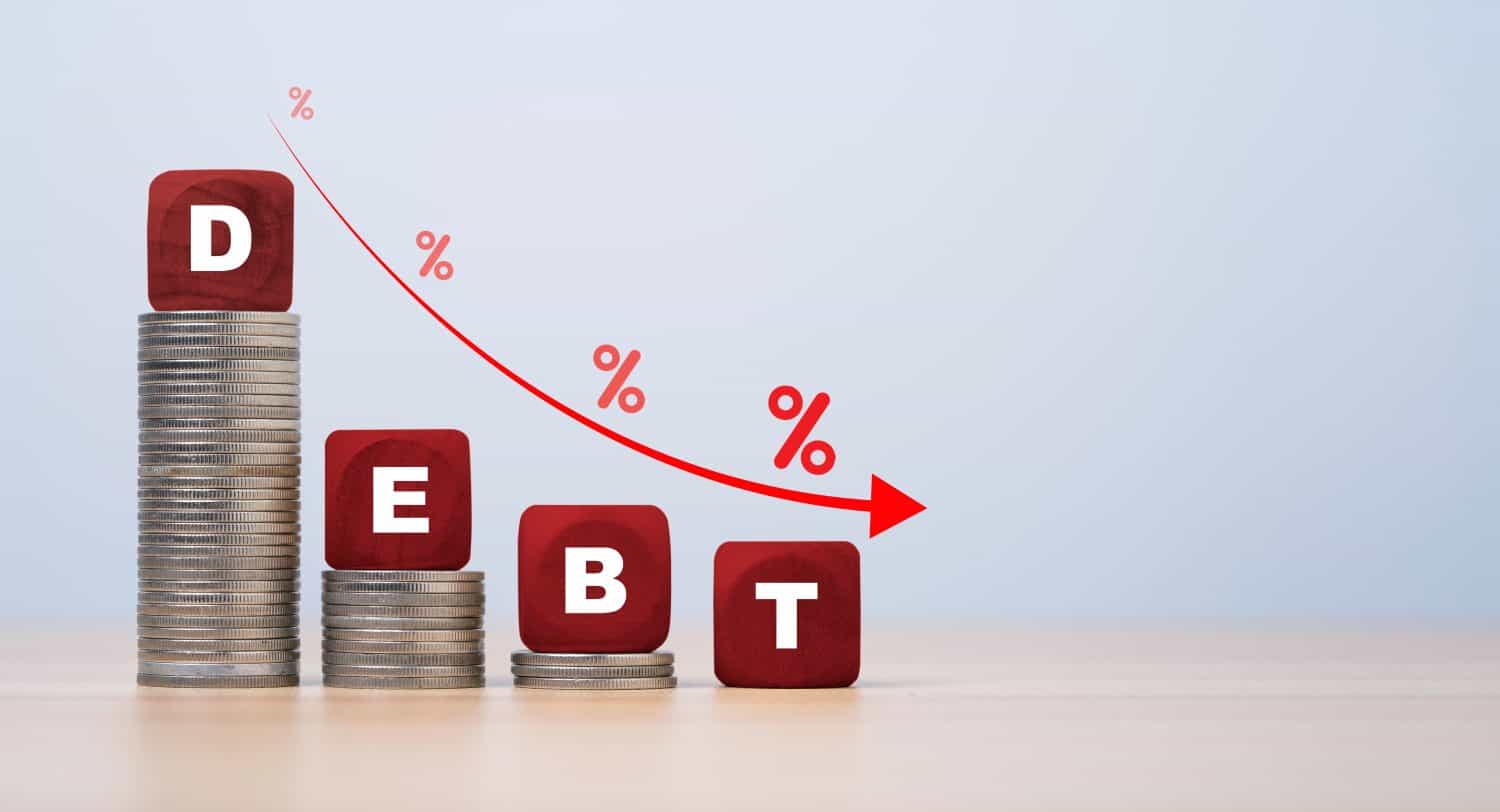
Taking these steps can set you on the path to prosperity — but you’ll need to take them all so you can succeed. Fortunately, there are tools out there that can help you with this process.
The post The Elite’s Legal Blueprint for Paying Off Debt (Step-by-Step) appeared first on 24/7 Wall St..



